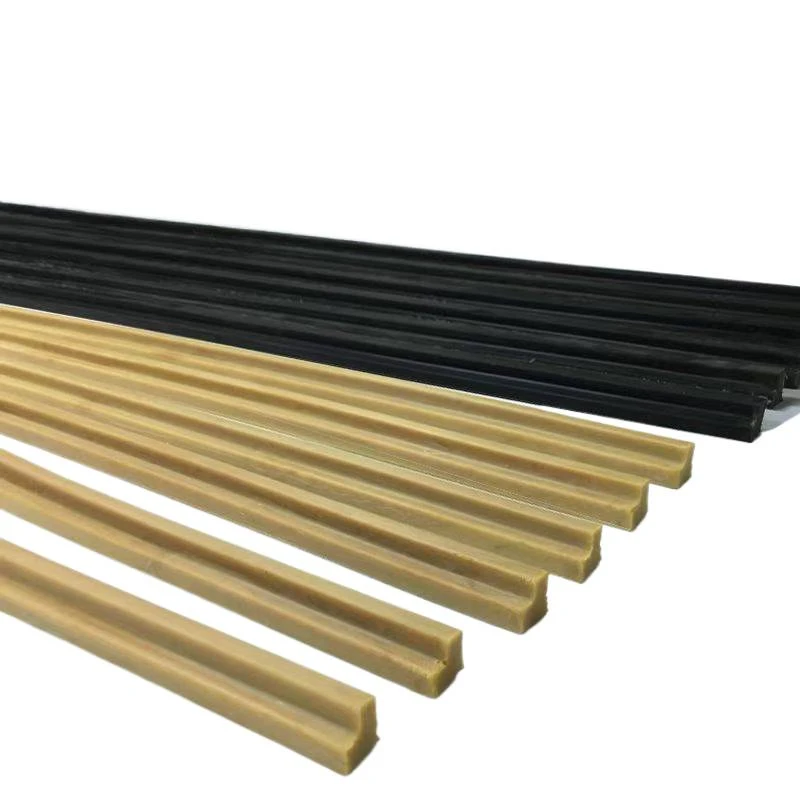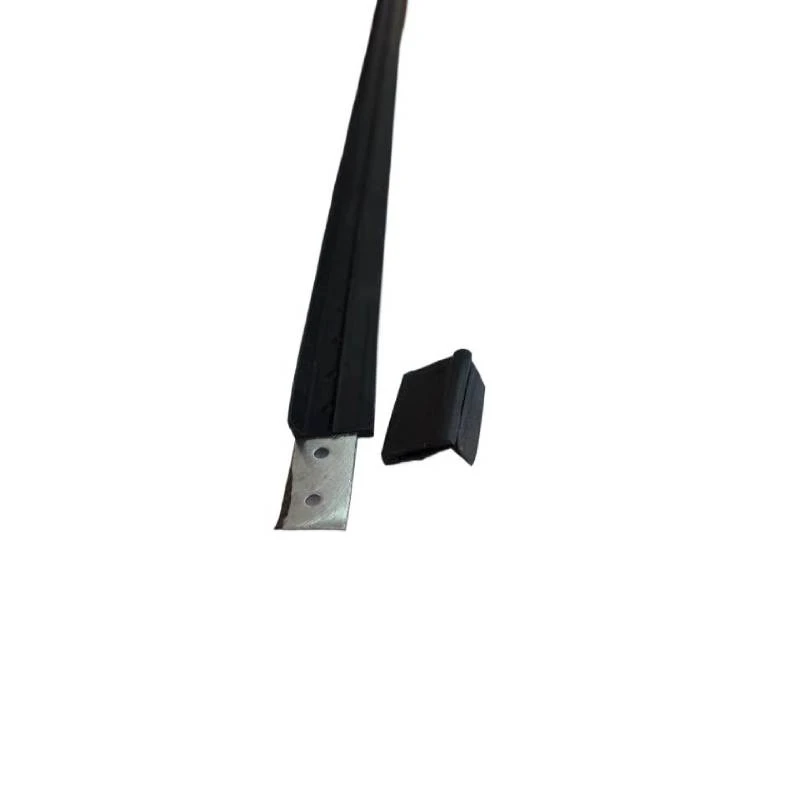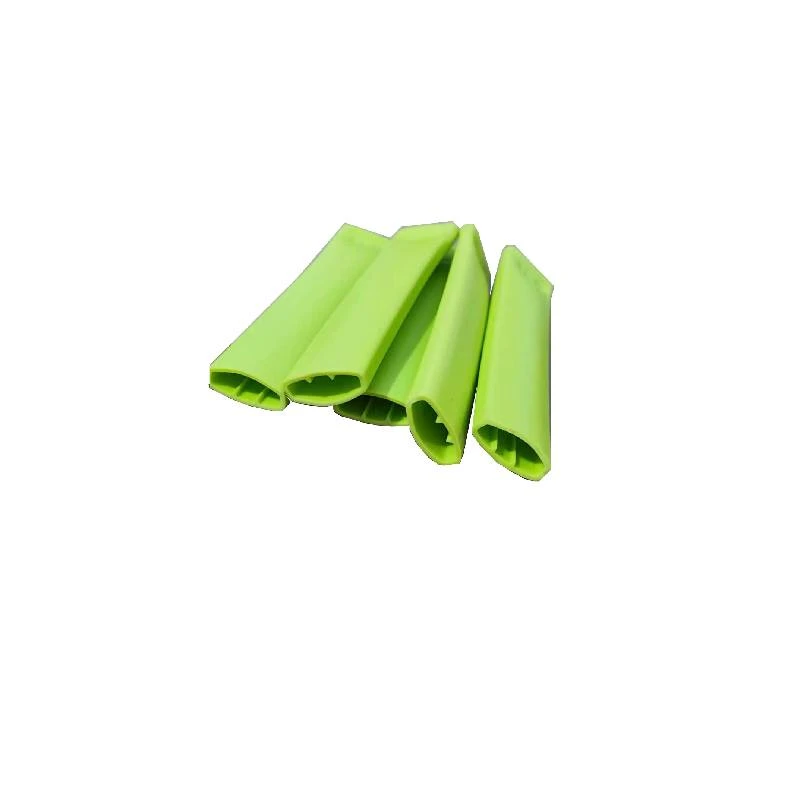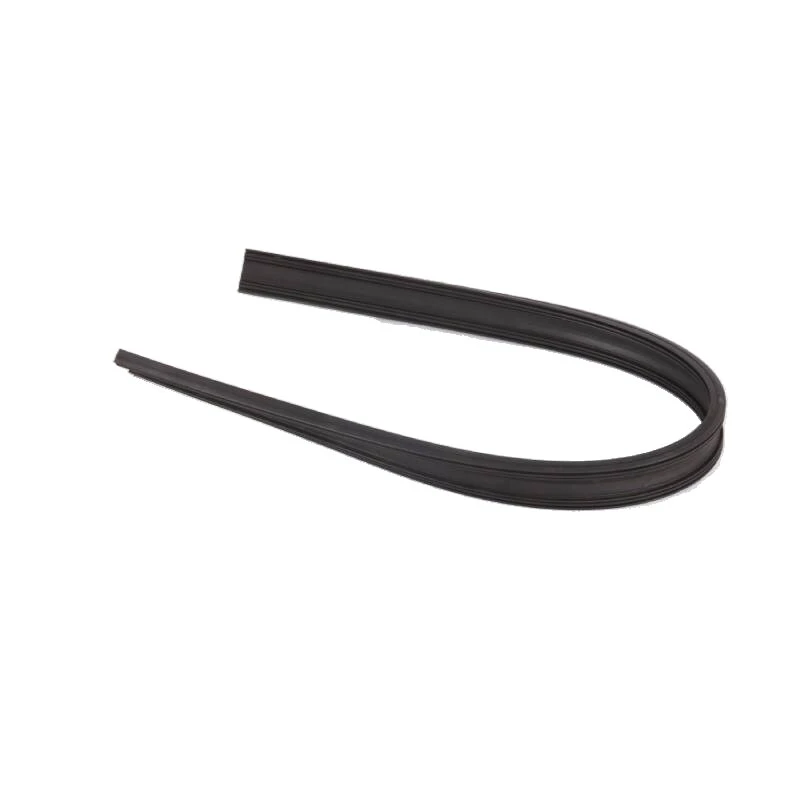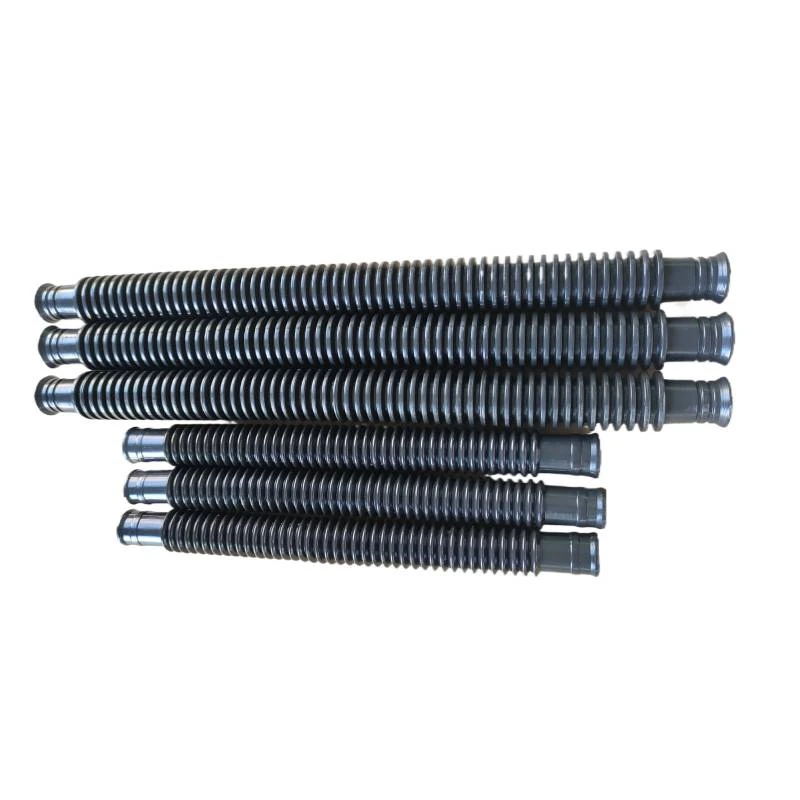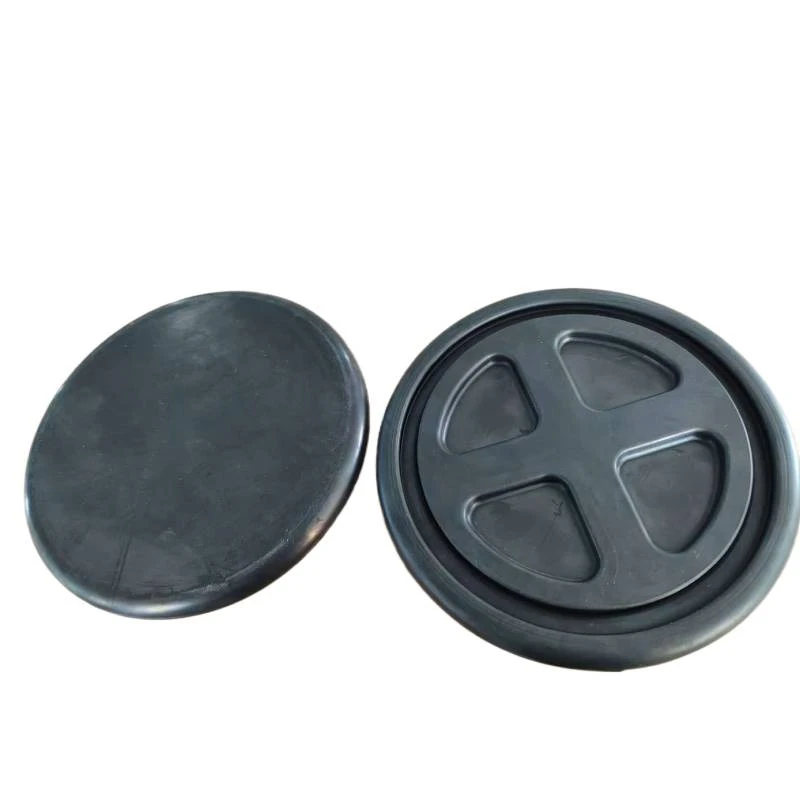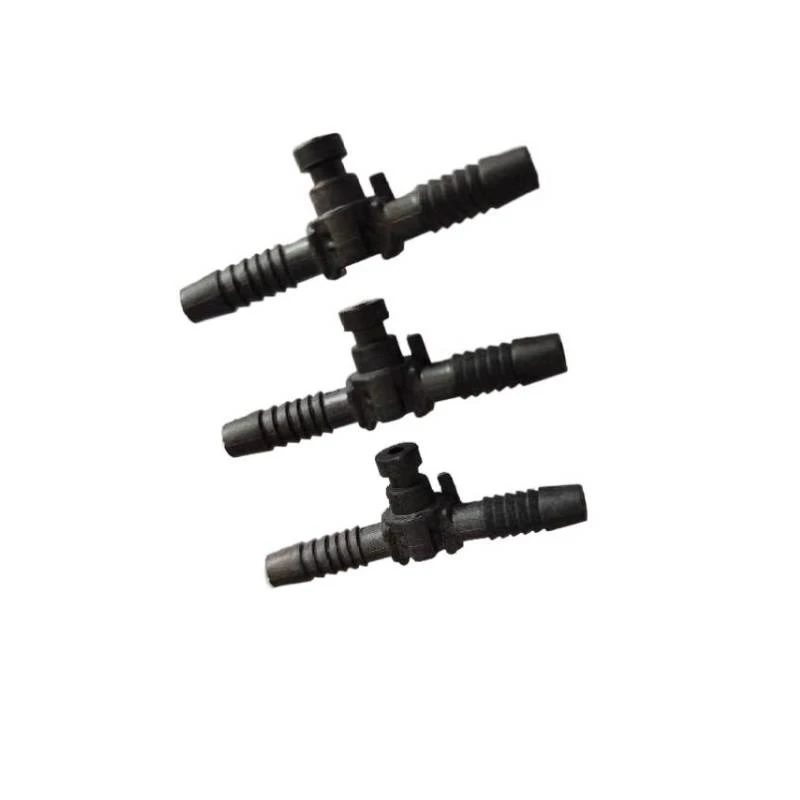
- Afrikaans
- Albanian
- Amharic
- Arabic
- Armenian
- Azerbaijani
- Basque
- Belarusian
- Bengali
- Bosnian
- Bulgarian
- Catalan
- Cebuano
- chinese_simplified
- chinese_traditional
- Corsican
- Croatian
- Czech
- Danish
- Dutch
- English
- Esperanto
- Estonian
- Finnish
- French
- Frisian
- Galician
- Georgian
- German
- Greek
- Gujarati
- haitian_creole
- hausa
- hawaiian
- Hebrew
- Hindi
- Miao
- Hungarian
- Icelandic
- igbo
- Indonesian
- irish
- Italian
- Japanese
- Javanese
- Kannada
- kazakh
- Khmer
- Rwandese
- Korean
- Kurdish
- Kyrgyz
- Lao
- Latin
- Latvian
- Lithuanian
- Luxembourgish
- Macedonian
- Malgashi
- Malay
- Malayalam
- Maltese
- Maori
- Marathi
- Mongolian
- Myanmar
- Nepali
- Norwegian
- Norwegian
- Occitan
- Pashto
- Persian
- Polish
- Portuguese
- Punjabi
- Romanian
- Russian
- Samoan
- scottish-gaelic
- Serbian
- Sesotho
- Shona
- Sindhi
- Sinhala
- Slovak
- Slovenian
- Somali
- Spanish
- Sundanese
- Swahili
- Swedish
- Tagalog
- Tajik
- Tamil
- Tatar
- Telugu
- Thai
- Turkish
- Turkmen
- Ukrainian
- Urdu
- Uighur
- Uzbek
- Vietnamese
- Welsh
- Bantu
- Yiddish
- Yoruba
- Zulu
High-Quality Tiny Rubber Plugs: Durable Seal Solutions
Industry Insights: Tiny Rubber Plugs Market Trends
The global market for tiny rubber plugs has witnessed significant growth in recent years, with projections estimating a CAGR of 6.8% from 2023 to 2030 according to the International Sealing Association. These small yet critical components play vital roles across multiple sectors including automotive, electronics, plumbing, and medical industries. The increasing demand for specialized sealing solutions has prompted manufacturers like GaoBeiDianShi Fengye Rubber Seals Co., Ltd. to develop innovative products that offer superior performance and longevity.
Recent industry analyses indicate a shift toward sustainable materials in rubber male plug production. As noted in the Journal of Industrial Sealing Technology, manufacturers are increasingly utilizing eco-friendly compounds that maintain performance characteristics while reducing environmental impact. This transition aligns with global sustainability initiatives and responds to consumer demand for greener industrial components. The tiny rubber plugs sector continues to evolve with materials science breakthroughs enabling enhanced chemical resistance and temperature tolerance.
Silicone Support Block - Engineered Excellence
In today's fast-paced world, businesses and individuals alike are constantly seeking innovative solutions that cater to their specific requirements. At the forefront of this demand is our Customized Silicone Support Block, a versatile and high-performance product designed to meet a wide array of applications. Whether you are in manufacturing, construction, or any other industry that requires reliable support solutions, our silicone support block is engineered to exceed your expectations.
View Product Details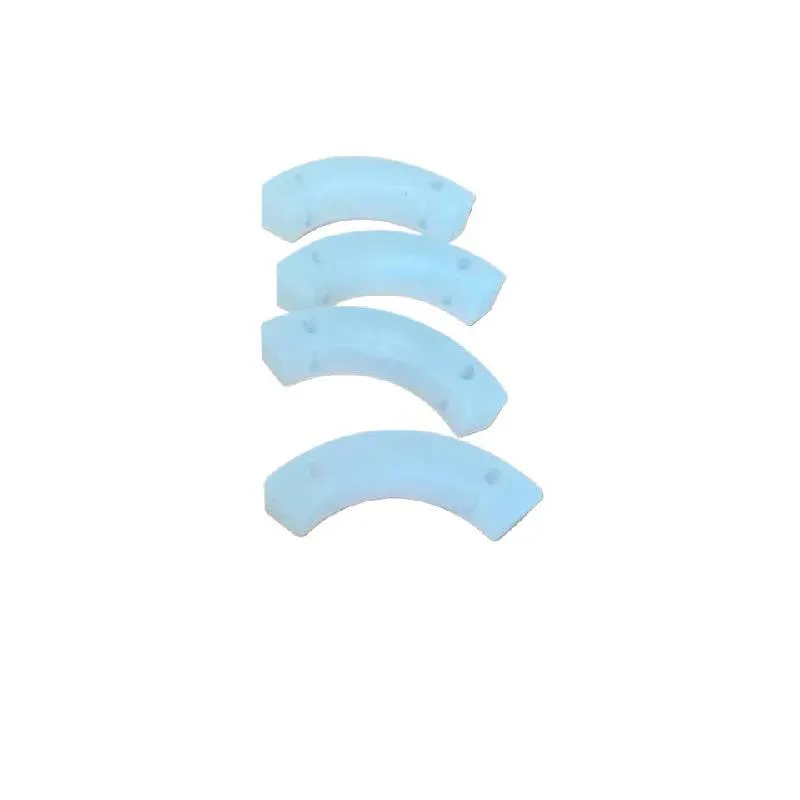
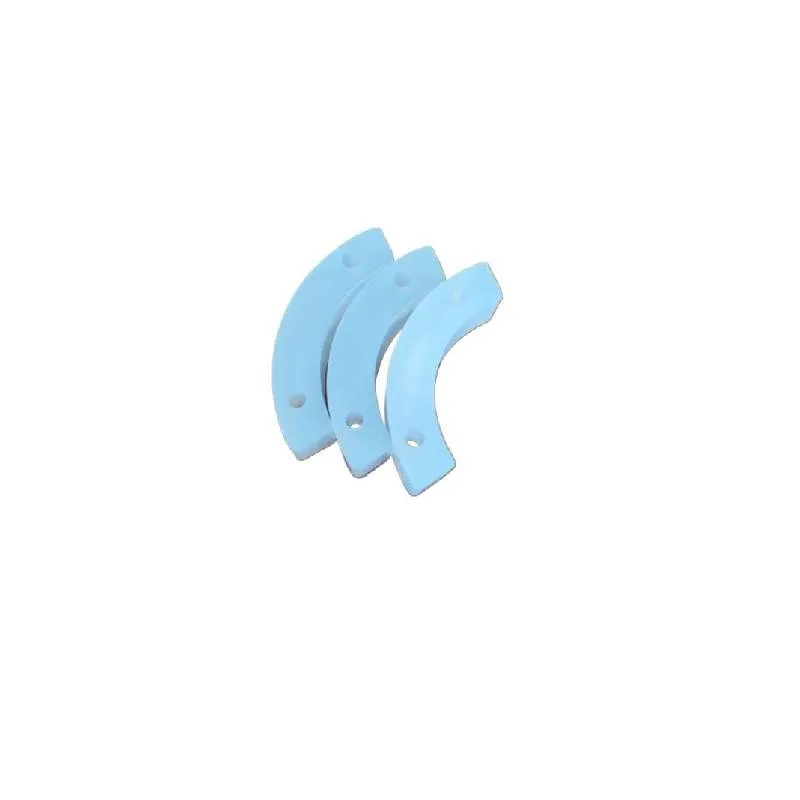
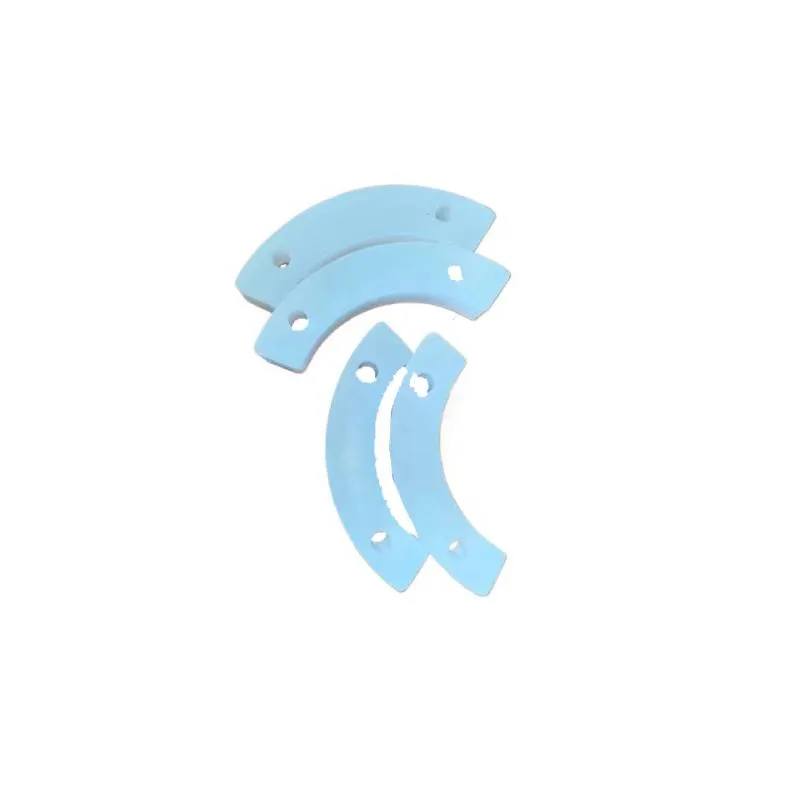
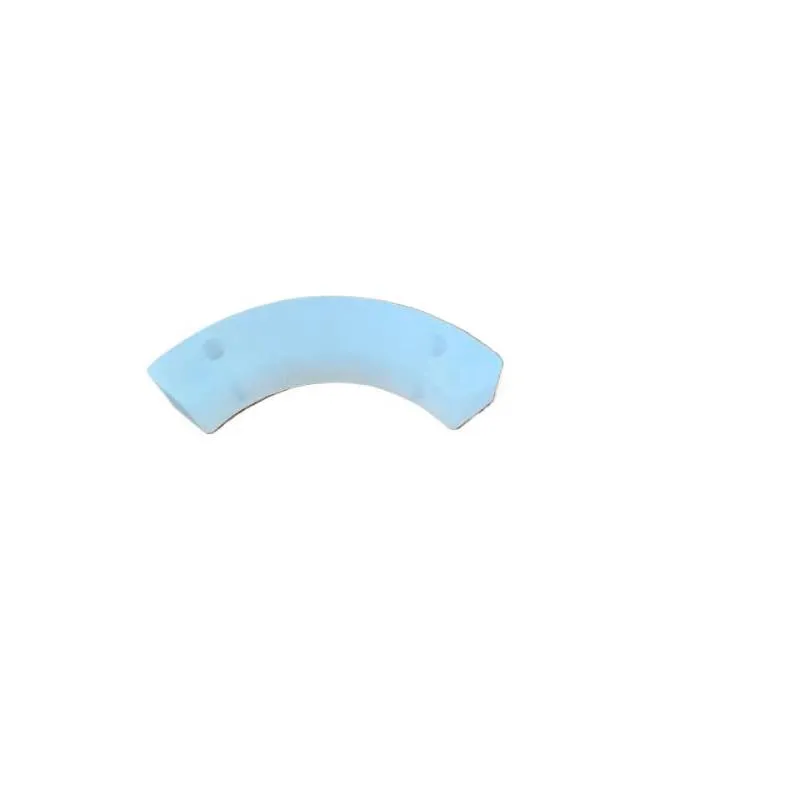
Technical Specifications and Performance Data
The performance metrics of tiny rubber plugs have shown remarkable improvement in recent years. As validated by testing at the Global Sealing Standards Institute, modern rubber sealing components exhibit temperature resistance up to 230°C and pressure tolerance exceeding 35 MPa. This represents a 40% improvement over specifications recorded a decade ago. The rubber male plug designs have particularly benefited from computational fluid dynamics modeling, which has optimized sealing geometries for maximum efficiency.
| Parameter | Tiny Rubber Plugs | Rubber Male Plug | 2 Rubber Expansion Plug |
|---|---|---|---|
| Temperature Range | -50°C to 200°C | -40°C to 180°C | -60°C to 220°C |
| Pressure Resistance | 30 MPa | 25 MPa | 45 MPa |
| Material Hardness (Shore A) | 50-70 | 60-80 | 70-90 |
| Chemical Resistance | Excellent | Good | Exceptional |
| Standard Sizes | 1mm-15mm | 2mm-25mm | 5mm-50mm |
| Installation Torque | 0.5-1.2 N·m | 1.0-2.5 N·m | 1.5-4.0 N·m |
| Lifespan | 5-8 years | 7-10 years | 10-15 years |
Applications Across Industries
Rubber male plug components have become indispensable in automotive manufacturing, serving critical functions in fuel injection systems, electronic control units, and transmission assemblies. The evolution of the modern 2 rubber expansion plug has particularly revolutionized pipeline maintenance, enabling non-disruptive repair methods that save industries an estimated $3.2 billion annually in downtime costs. Medical equipment manufacturers increasingly utilize specialized grades of tiny rubber plugs that meet USP Class VI biocompatibility standards for pharmaceutical and fluid-handling applications.
Electronics Sector Applications
In electronics manufacturing, tiny rubber plugs serve as essential environmental seals for connectors, ports, and access points. The miniaturization trend in consumer electronics has created demand for increasingly smaller components with uncompromised performance. As noted in Sealing Technology Quarterly, water-resistant devices owe much of their IP68 ratings to precisely engineered rubber seals.
Automotive Innovations
The development of electric vehicles has created new requirements for rubber male plug components. High-voltage battery systems require specialized seals that provide exceptional electrical insulation while maintaining flexibility in extreme thermal cycling conditions. The Automotive Sealing Council's 2023 report highlights how these components prevent thermal runaway scenarios in lithium-ion battery packs.
Medical Device Integration
Medical equipment manufacturers increasingly depend on biocompatible tiny rubber plugs for fluid management systems. The Medical Equipment Manufacturing Association confirms that modern rubber seals used in infusion pumps, dialysis machines, and diagnostic equipment have reduced failure rates by 67% compared to 2015 industry standards.
Expert FAQ: Technical Considerations
Future Development and Materials Innovation
Research published in the Polymer Engineering & Science Journal indicates emerging trends in self-healing elastomers for tiny rubber plugs applications. These advanced materials contain microencapsulated healing agents that activate when compression is compromised, effectively extending service life by 300%. The International Association of Rubber Manufacturers confirms that these innovations will revolutionize maintenance schedules in industrial applications.
Electroactive elastomers represent another frontier in rubber male plug development. These intelligent materials change shape or stiffness in response to electrical stimulation, enabling active sealing adjustment that compensates for thermal expansion and mechanical wear. The Institute of Materials Science and Engineering has verified response times under 500ms in prototype models.
For applications requiring extreme temperature stability, aramid-reinforced silicone composites are showing promise in preliminary testing. Data published in the Advanced Materials Research Journal indicates these composites maintain structural integrity at temperatures exceeding 300°C while exhibiting superior compression resistance. Such developments will likely impact the future manufacturing standards for 2 rubber expansion plugs used in power generation and aerospace applications.
Industry References and Research
-
Types of PVC Pipe Fittings for Water Supply Elbows Tees and CrossesNewsJul.18,2025
-
Stainless Steel Metal Washer Types: Corrosion Resistance RatingsNewsJul.18,2025
-
Rubber Parts Manufacturers Vulcanization Process OptimizationNewsJul.18,2025
-
Plastic Part Injection Molding Cycle Time OptimizationNewsJul.18,2025
-
Metal Parts Manufacturer Custom CNC Machining for Precision FittingsNewsJul.18,2025
-
Custom Aluminum Parts Design Considerations for Heat DissipationNewsJul.18,2025
-
Key Features of High - Quality Rubber BushNewsJul.04,2025



